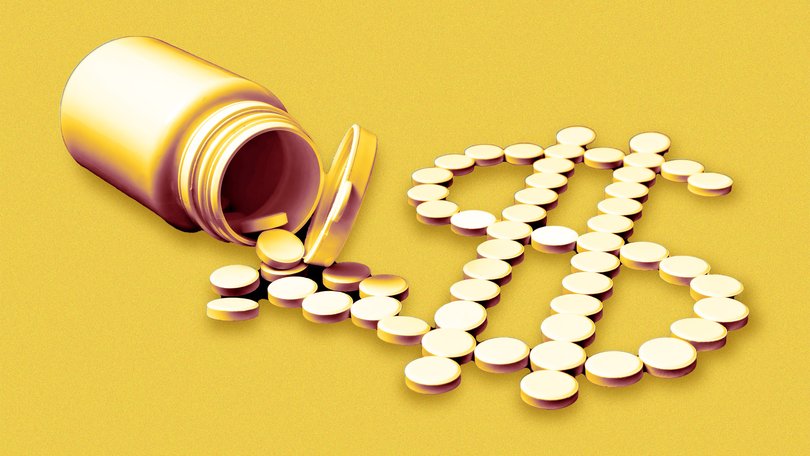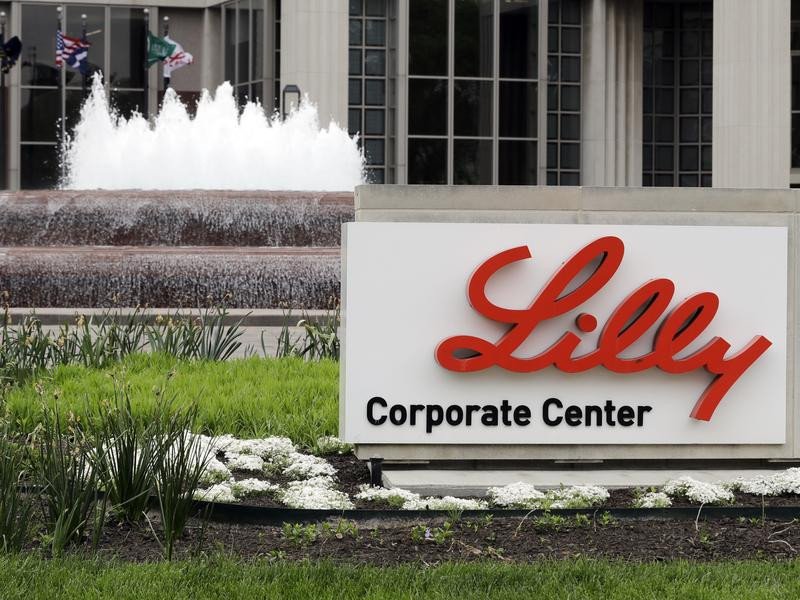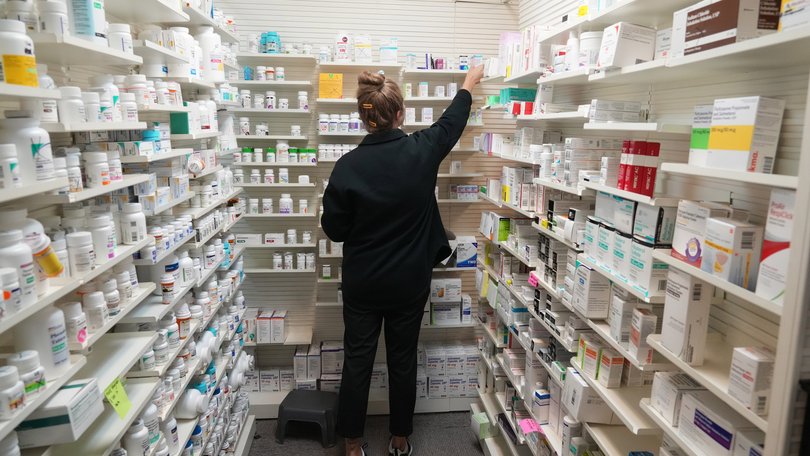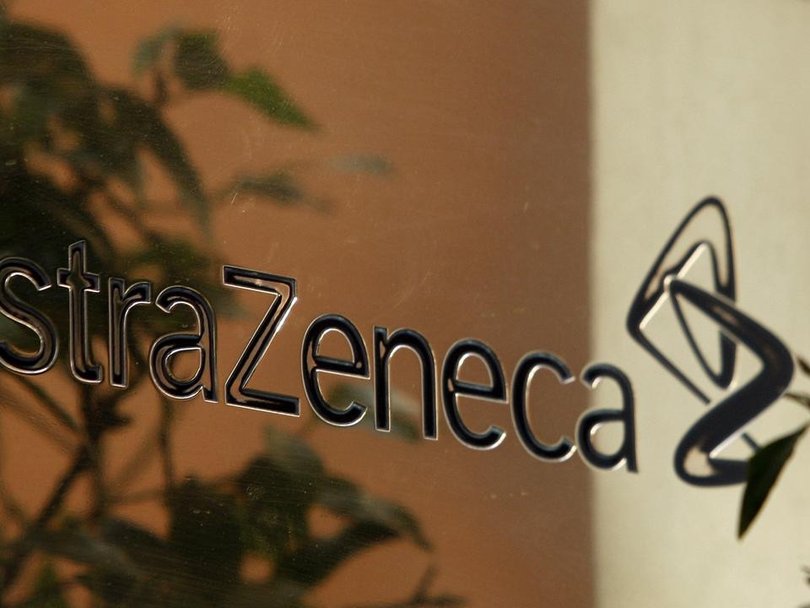THE ECONOMIST: Big pharma warns Trump’s tariffs could slash innovation and delay breakthrough medicines

Big pharma has a big headache: Donald Trump.
Lately drugmakers have had to contend with the American President’s pronouncements on everything from vaccines to paracetamol.
In the coming days the pain is set to intensify. Intent on lowering prices, Mr Trump has given leading pharma firms until September 29 to comply with an executive order to peg their prices to the lowest charged in other rich countries — a rule he calls “most favoured nation” (MFN) pricing. If they do not, he thundered, they will face “every tool in our arsenal” against “abusive drug pricing”.
Sign up to The Nightly's newsletters.
Get the first look at the digital newspaper, curated daily stories and breaking headlines delivered to your inbox.
By continuing you agree to our Terms and Privacy Policy.At the same time, the US President wants to encourage homegrown manufacturing. He plans to impose a 100 per cent tariff on branded drugs from October 1, unless their makers are building factories in America. His administration is also pondering additional duties under a law allowing imports to be restricted on national-security grounds.
As is often the case, the Trumpian diagnosis contains a kernel of truth. Drug prices are indeed higher in America than elsewhere in the rich world.
But the US President’s two-point prescription upends a model that has long underpinned the highly globalised pharma industry, which could have unintended effects. It could leave Americans with fewer medicines but not cheaper ones, while in other countries drugs could be fewer and dearer.
David Ricks of Eli Lilly, the world’s most valuable drugmaker, has warned that MFN pricing risks “the worst of two worlds”, importing Europe’s sluggish innovation while keeping American prices high.

America’s high drug prices have long exercised politicians on both sides of the aisle. According to a study by the RAND Corporation, a think-tank, they were more than three times the average in other rich countries in 2022. As a consequence, America coughs up around 70 per cent of global pharmaceutical profits from about half of global sales.
This is partly because of how the market is organised. The supply side is globalised. Most active ingredients are made in low-cost hubs such as India; much of the research and development goes on in America, Europe and increasingly China.
On the demand side, however, prices are set locally. In Europe and many other rich countries, drugmakers must negotiate directly with governments, which have hefty bargaining power and often link payments to cost-effectiveness. In America, by contrast, prices emerge from a decentralised and complex web of contracts connecting manufacturers to health insurers, employers and pharmacy-benefit managers (PBMs), which negotiate between insurers, pharmacies and others.
Although America’s public-insurance schemes, Medicaid (for the poor and disabled) and Medicare (for the old), cover about half the population, they negotiate prices for only a few medicines. Joe Biden’s Inflation Reduction Act (IRA) authorised Medicare to negotiate prices directly with manufacturers.
But roll-out is slow: only ten drugs will be covered in 2026, 15 in 2028 and 20 in 2029. One pharma boss says they “take what they can get in Europe”, because returns are greater in America.
Patents help keep those American returns high. About 90 per cent of the $US490 billion ($443b) spent in America on prescription medicines last year went on branded (mainly patent-protected) drugs with no cheaper generic equivalents. Yet branded drugs made up only 7 per cent of prescriptions.

The price gap with other countries fuels charges that foreigners are freeloading on American innovation. Using RAND’s data, RA Capital, an investment firm, found that after adjusting for rebates and differences in purchasing power, foreign governments pay on average 57 to 75 per cent less than America for the same pill. Whether that means Americans pay too much or others too little is disputed, however; a complicating factor is that drugs tend to be launched first in America, giving its patients speedier access to innovations.
A most foggy notion
Mr Trump, though, is in no doubt: he wants America to stop being ripped off. But the details of his MFN plan are characteristically sketchy. Though he has told drugmakers it should apply to both government-backed schemes and private insurers, he has not explained how the MFN price will be defined.
One possible starting-point is a pilot programme covering only the government health schemes. Another option is legislation. Josh Hawley, a Republican senator, and Bernie Sanders, a left-wing Democrat, have both backed codifying MFN pricing. For now, though, passage looks unlikely.
A third possibility is to fold MFN into the IRA’s drug negotiations. There are hints, too, that the Food and Drug Administration, the regulator that authorises medicines and which has traditionally stayed out of pricing, could be drawn in.
Marty Makary, its commissioner, has suggested the agency might expedite reviews for drugs from firms that pledge to “equalise” prices between America and other countries. Officials are even reportedly toying with launching a website, “TrumpRx”, to connect patients with alternative suppliers. Most of these courses would prompt legal scrutiny; when Mr Trump proposed a narrow version of MFN in 2020, he was thwarted by lawsuits from the industry.
The administration’s ambition has rattled drugmakers. Firms that rely most on Medicare and Medicaid — Amgen, Bristol Myers Squibb, Gilead and Johnson & Johnson make more than a third of their sales from the schemes — appear most exposed. Jefferies, an investment bank, estimates that an MFN rule, combined with tariffs, could cut companies’ earnings by about a sixth.
The share prices of drugmakers in the S&P 500 have fallen by 4 per cent so far this year, while the overall index has risen by 13 per cent.
Executives are warning that lower revenues could mean fewer new drugs. This is more than scaremongering. Darius Lakdawalla of the University of Southern California calculates that a 10 per cent drop in expected revenues could in the long run reduce innovation, measured by clinical-trial starts or new-drug approvals, by as much as 15 per cent.
Firms will scramble to limit the damage. Coincidentally or not, Bristol Myers Squibb will launch a schizophrenia treatment in Britain at the same price as in America. Pascal Soriot, chief executive of AstraZeneca, a British pharmaceutical giant, has argued that richer European countries should pay more towards innovation “just like they have to contribute more to their own defence”.

Eli Lilly’s Mr Ricks has said that European governments “are not signing up to pay more for drugs”. He favours using trade tools to “rebalance that equation” — something the administration has hinted at. But Peter Kolchinsky of RA Capital warns that if MFN pushes prices outside America beyond what other countries are willing to pay, it will put the profits they do contribute at risk.
That makes it likely that MFN pricing will also have unintended consequences both at home and abroad, as companies try to shore up their American revenues. One possible response is to raise list prices in foreign markets and thus push up the MFN price. Drugmakers could then offer bigger (and confidential) discounts to foreign buyers such as Australia, keeping the net price unchanged. They could also alter formulations to make international comparisons harder. Another tactic is to delay launches in cheaper markets to avoid setting a low benchmark.
Such strategies are not hypothetical. A 2023 paper by Luca Maini of Harvard Medical School and Fabio Pammolli of the Politecnico di Milano found that MFN-like rules in the European Economic Area delayed launches in eight low-income countries by up to a year. The authors concluded that a similar system in America would probably have limited effects on prices there, while lower-income countries would face delayed access to new medicines.
Reshoring fever
Compared with the disruptions to pricing, the impact of tariffs is likely to be small. The duties spare generics, which make up 90 per cent of prescriptions. And they also exempt companies that are investing in American plants, something that many foreign big pharma firms have promised to do.
None will make medicines soon; building and certifying factories takes two to four years. Making drugs in America will not be conducive to keeping costs low, and production will also rely on imports of active ingredients, which could be vulnerable to further protectionism. But the promises may be enough to inoculate branded-drug firms against the incoming tariffs.
Drugmakers argue that they are the wrong target for Mr Trump’s ire. They point to the industry’s middlemen: PBMs, insurers and distributors. IQVIA, a data firm, estimates that in 2024 list-price drug sales in America exceeded $US1trillion ($1.56t), yet manufacturers received only $US487b after discounts and rebates. More than $US500b went to intermediaries.
The PBM business is especially concentrated, with three firms handling nearly 80 per cent of prescription claims last year. PBMs also double as insurers and pharmacists. They are usually paid a percentage of list prices, which critics say encourages them to favour costlier drugs. Regulators are investigating PBMs’ practices, and lawmakers are after them too. But drugmakers still get most of the blame for high prices.
Some drugmakers already have their own versions of TrumpRx, selling directly to patients, bypassing the middlemen. Makers of obesity treatments, such as Eli Lilly and Novo Nordisk, now offer cheaper versions directly at about half-price. Pfizer and Bristol Myers Squibb plan to sell Eliquis, a blockbuster blood-thinner, at more than 40 per cent off. But such arrangements work mainly for self-administered medicines; for complex treatments, middlemen remain entrenched.
What Mr Trump does next on MFN remains unclear. But the uncertainty it has caused is already weighing on investment. One investor says they are in “wait-and-see” mode on funding young biotech firms. Developing a drug takes a decade and costs more than $US2billion ($3.1b); less than a tenth of candidate drugs make it to market. An executive at a big drugmaker warns that “four years of chaos will shred the industry”. One of America’s most inventive sectors now risks spending those years surviving rather than thriving.
Originally published as Donald Trump is waging war on sky-high drug prices. Can he win?
